When the temperature falls, most people will go searching for their grippy shoes to better tackle the ice, snow and water that winter throws at us, but having the best winter tyres can be almost as important for keen drivers. When the frost starts settling it can be tempting to change to a set of winter tyres. Question is, do you really need a set and if so, which are the best?
Thankfully our sister magazine Auto Zeitung in Germany has done thorough testing. It bought the latest crop of winter tyres anonymously from independent suppliers to see what is the best winter tyre you can buy in 2025.
The best winter tyres 2025 at a glance
Winter tyres: what we’re looking for
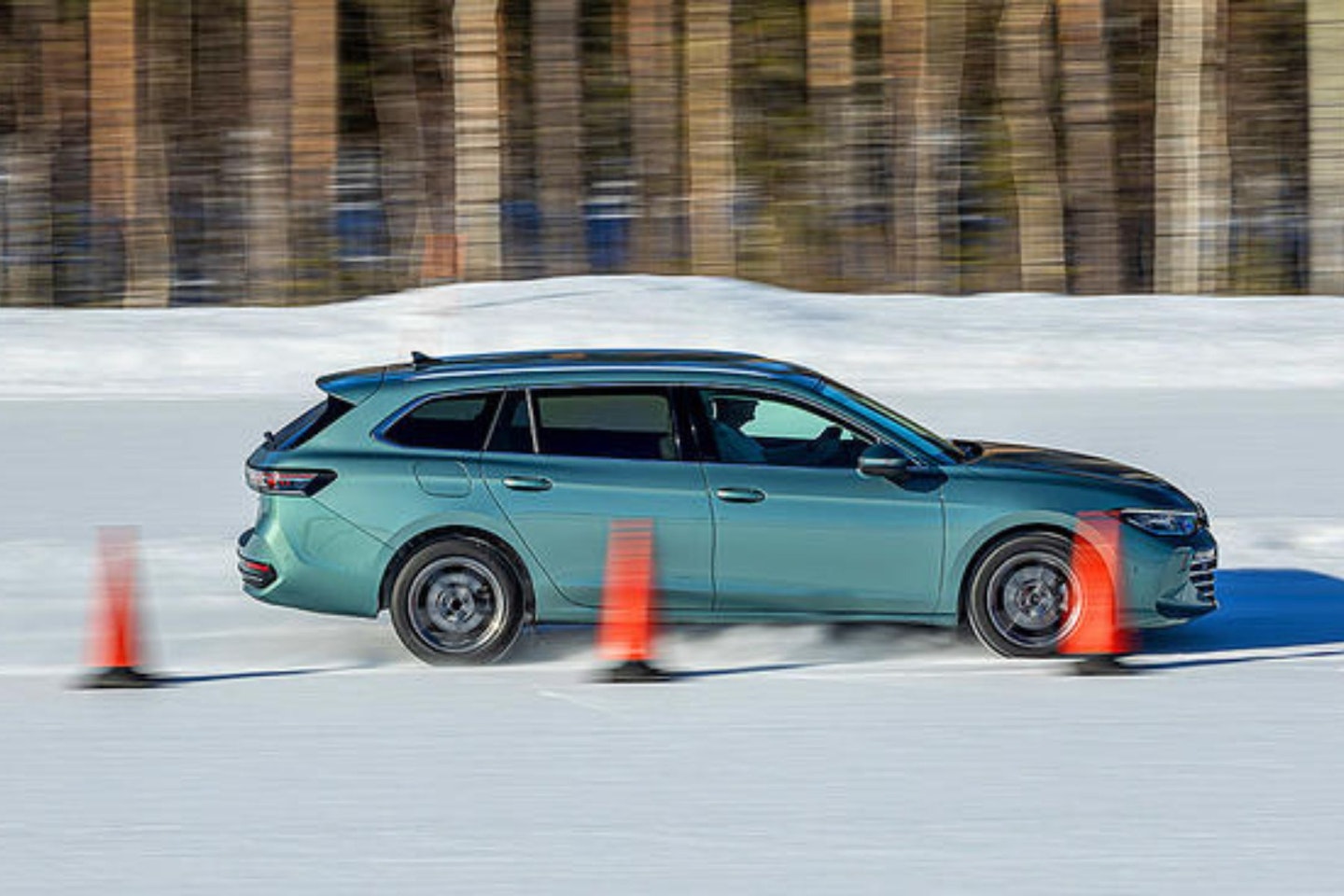
The official labels categorise tyres on efficiency, wet grip for braking and rolling noise - and classify each property with letters. A range of parameters were tested including deceleration, traction, steering precision and driving stability on various surfaces and under the same parallel conditions. We also rated comfort and resistance to aquaplaning (when the tyre floats on standing water, losing grip).
Designing a winter tyre that can excel in every discipline is difficult. Tyre makers juggle compound, tread design and carcass construction to find the elusive sweet spot where the rubber can cut through ice and slush, find grip in all conditions - whether slippery or dry - and serve up ride comfort, peace, and quiet for drivers. Oh, and tyres must also last a long time and not disintegrate when the temperature climbs. It’s a tough gig.
How we tested the best winter tyres
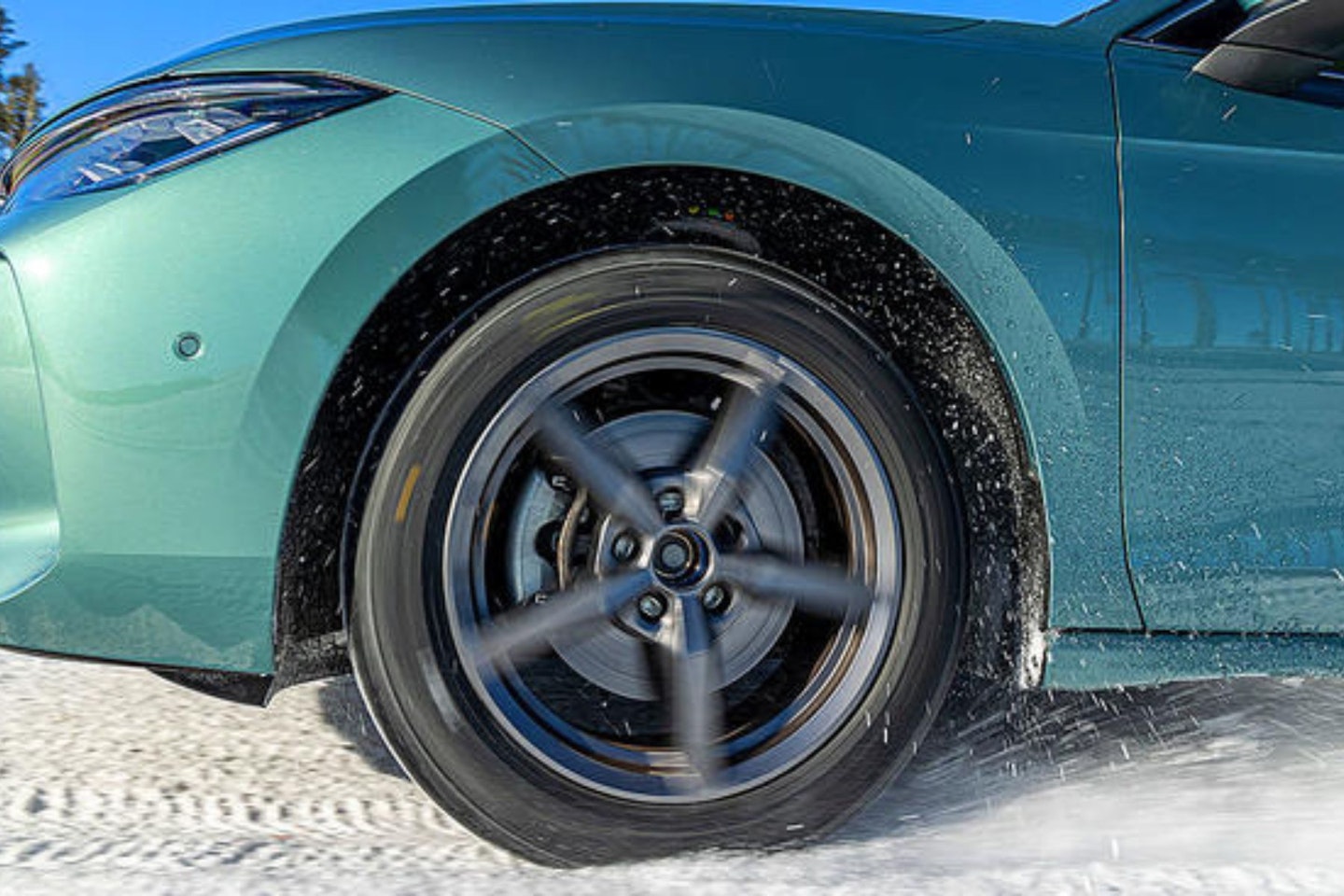
Auto Zeitung always runs the tyre test with incredibly stringent rules to ensure reliable results:
• All tyres were purchased from independent retailers.
• Tests are independent with no manufacturer help. Each tyre is examined using reproducible driving manoeuvres at the limit on snow, wet and dry surfaces - with and without ESP stability control engaged. This is the only way we can say whether a tyre offers security during a spontaneous evasive manoeuvre. We also subjectively evaluate the comfort properties
• Each tyre has its rolling resistance tested on two different test stands.
All of the tyres were tested on Snowy tracks in March at the Sottozero Center in northern Sweden, and during wet and dry conditions at the Contidrom, Continental's test track north of Hanover, at the end of February. The car used for testing was a Volkswagen Passat Variant 2.0 TDI SCR. The 215/55 R17 tyre size was chosen as it is a popular tyre size which is often used on cars like the Nissan Juke, MG ZS, and Ford Puma.
These are often conflicting goals; if you improve a tyre’s efficiency, for example, grip in wet conditions decreases - and vice versa. If you reduce the profile depth for more steering precision, the tyre will float faster. If you design more slats - or sipes - in the profile to improve grip on snow, dry grip becomes worse. In short: all-rounders are the exception.
The best winter tyres 2025
The best winter tyre 2025
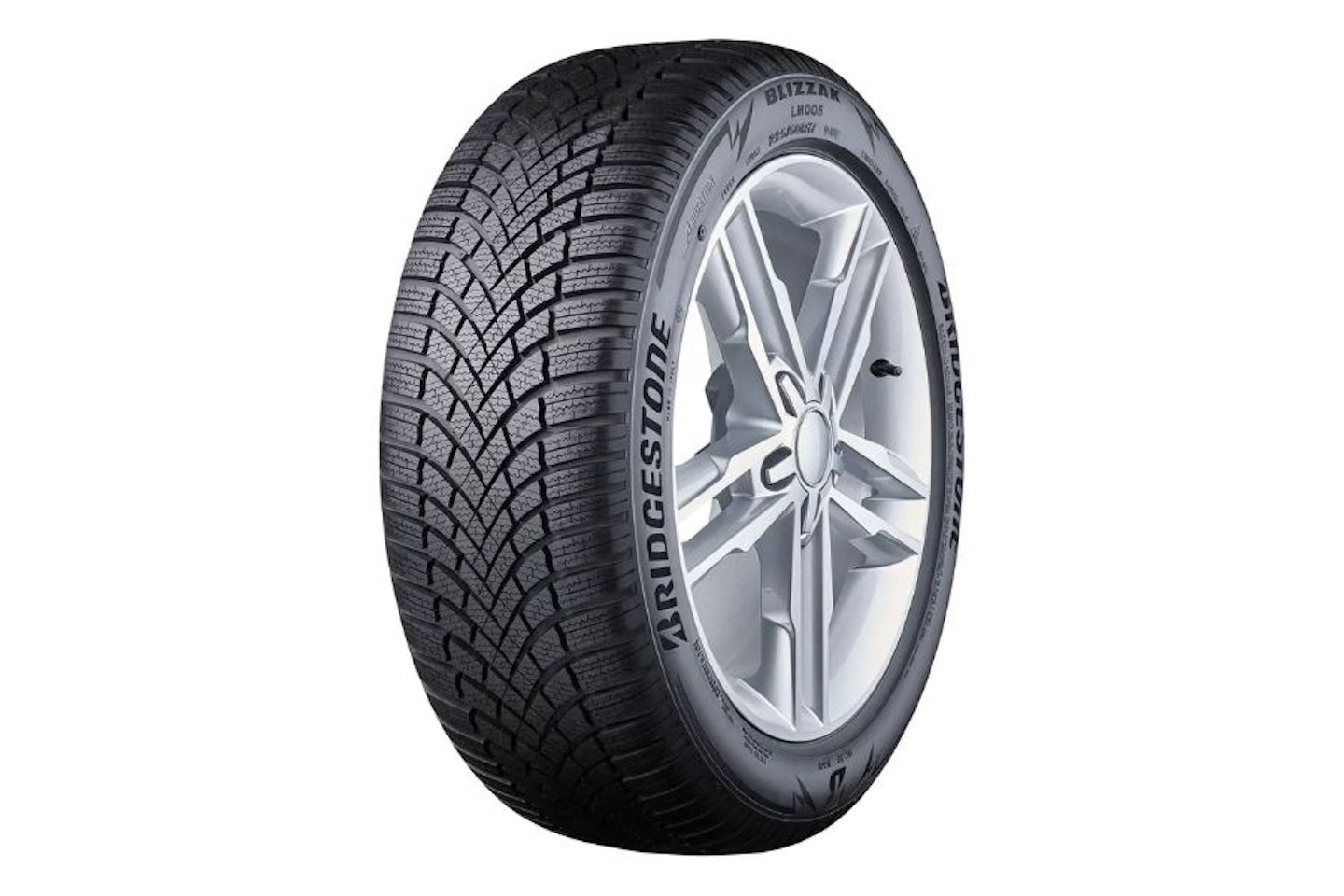
www.mytyres.co.uk
The best option in the wet, this tyre is well suited to milder winters. It offers the best all-round performance, but though it excels in the wet, it's only average in dry conditions
Auto Zeitung ranking:
Snow 136/150
Wet 141/150
Dry 105/150
Total 382/450
Pros
- Good in wet conditions
- Best rolling comfort
Cons
- Longer dry braking distance
Editor's pick

www.mytyres.co.uk
A good all-rounder, this tyre offers great performance in the snow and doesn't seem to show many weaknesses, that's why it is highly recommended.
Auto Zeitung ranking:
Snow 146/150
Wet 122/150
Dry 110/150
Total 378/450
Pros
- Good performance in snow
- Superior comfort
Cons
- Performance in wet can be improved
Fuel-saving recommendation
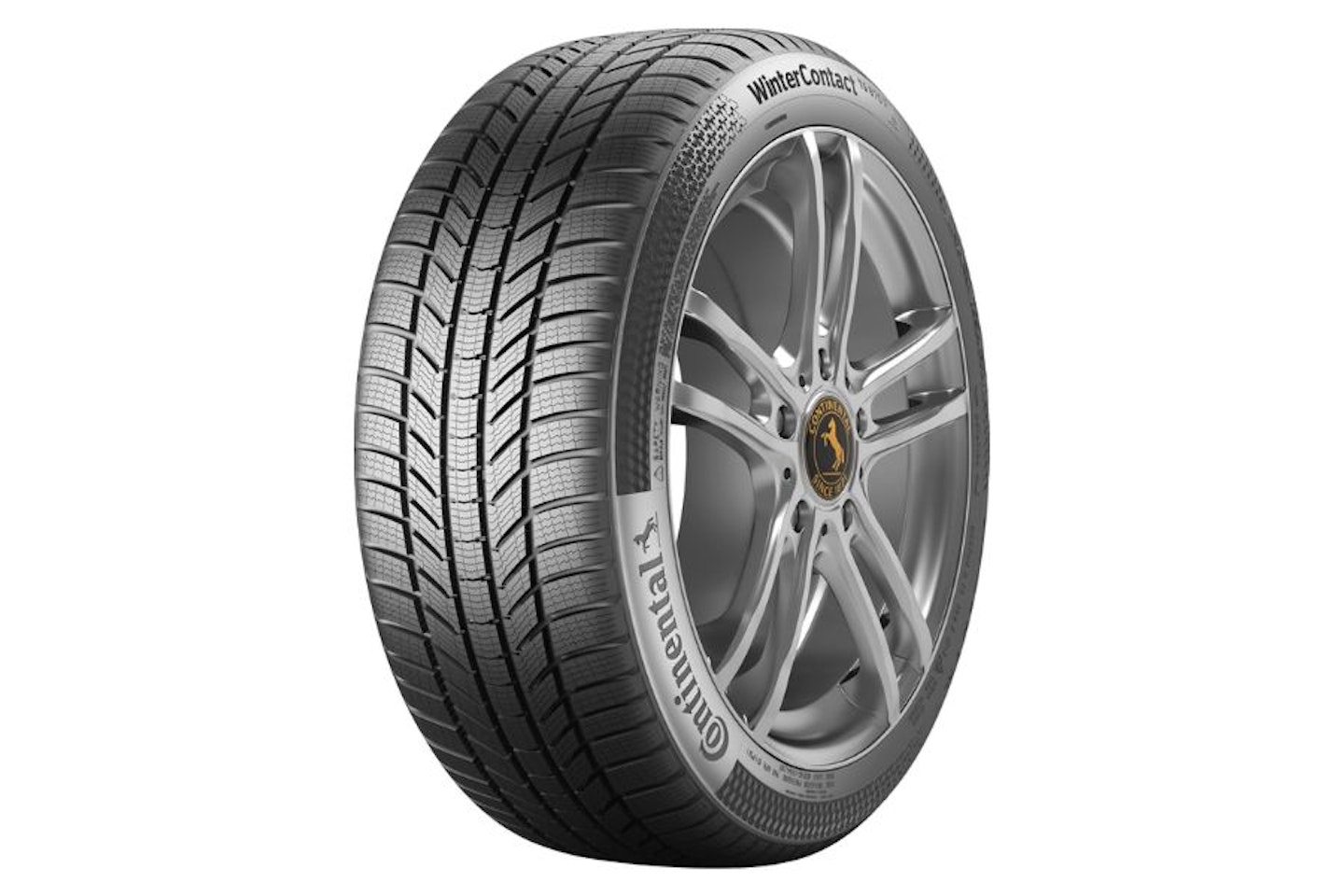
www.mytyres.co.uk
Another great option if you're looking for overall performance, but with great results in dry and wet conditions for braking distance and comfort. Snow performance could be slightly better.
Auto Zeitung ranking:
Snow 129/150
Wet 129/150
Dry 114/150
Total 372/450
Pros
- Favourable rolling resistance
- Short braking distance in dry conditions
Cons
- Not as good as expected in the snow
Best for snow
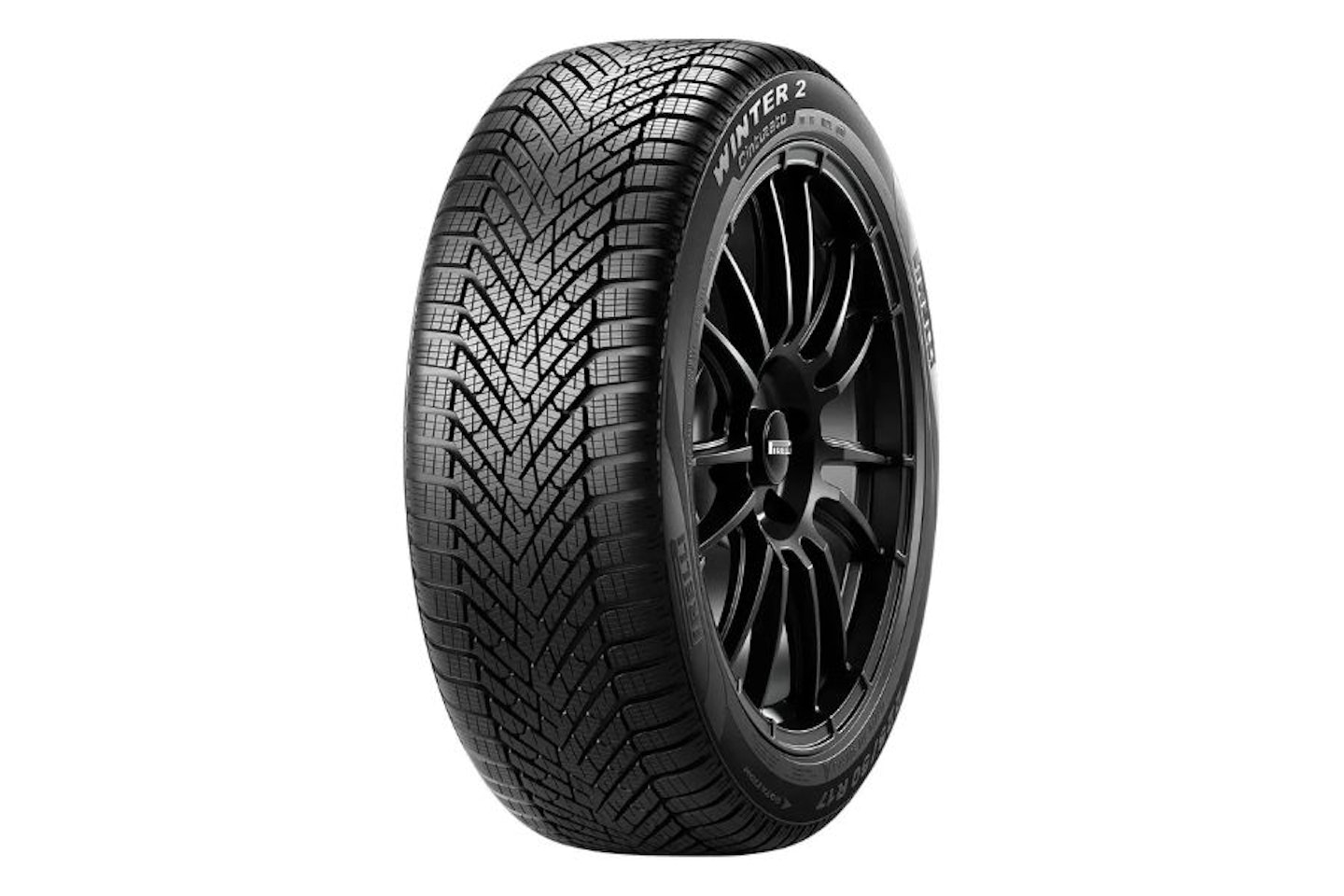
www.mytyres.co.uk
For the best performance in the snow this tyre is ideal, but don't expect it to match others in dry conditions. It does however, have good cornering characteristics in wet conditions.
Auto Zeitung ranking:
Snow 147/150
Wet 128/150
Dry 94/150
Total 369/450
Pros
- Great snow performance
- Low rolling noise
Cons
- Dry condition performance can be improved
Best for aquaplaning protection
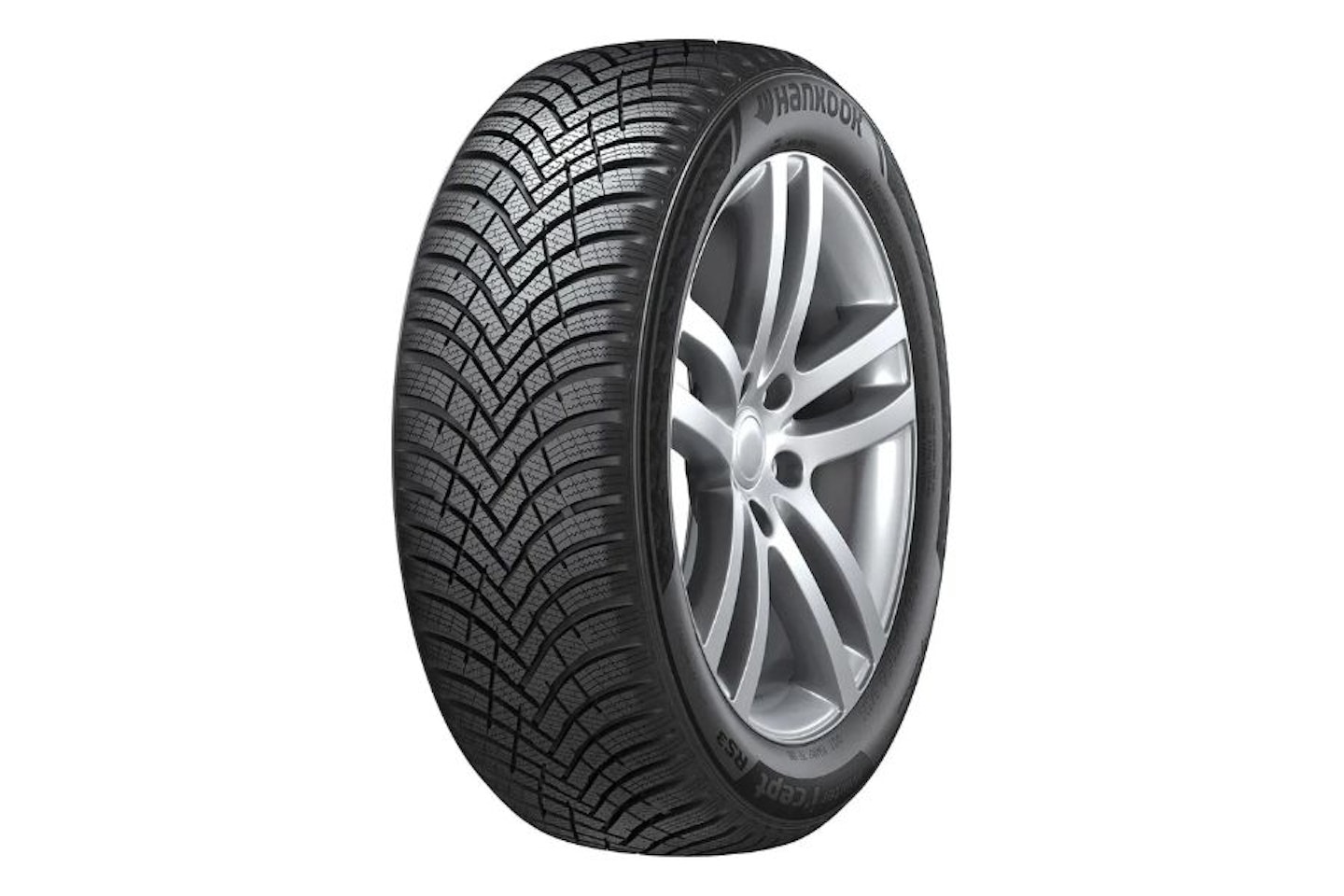
www.mytyres.co.uk
Performance in snowy conditions is decent, but elsewhere this tyre struggles. While it does well to protect against aquaplaning, braking distances are long.
Auto Zeitung ranking:
Snow 135/150
Wet 120/150
Dry 101/150
Total 356/450
Pros
- Good grip on snow
- Impressive protection against aquaplaning
Cons
- Long dry and wet braking distance
The best all-rounder
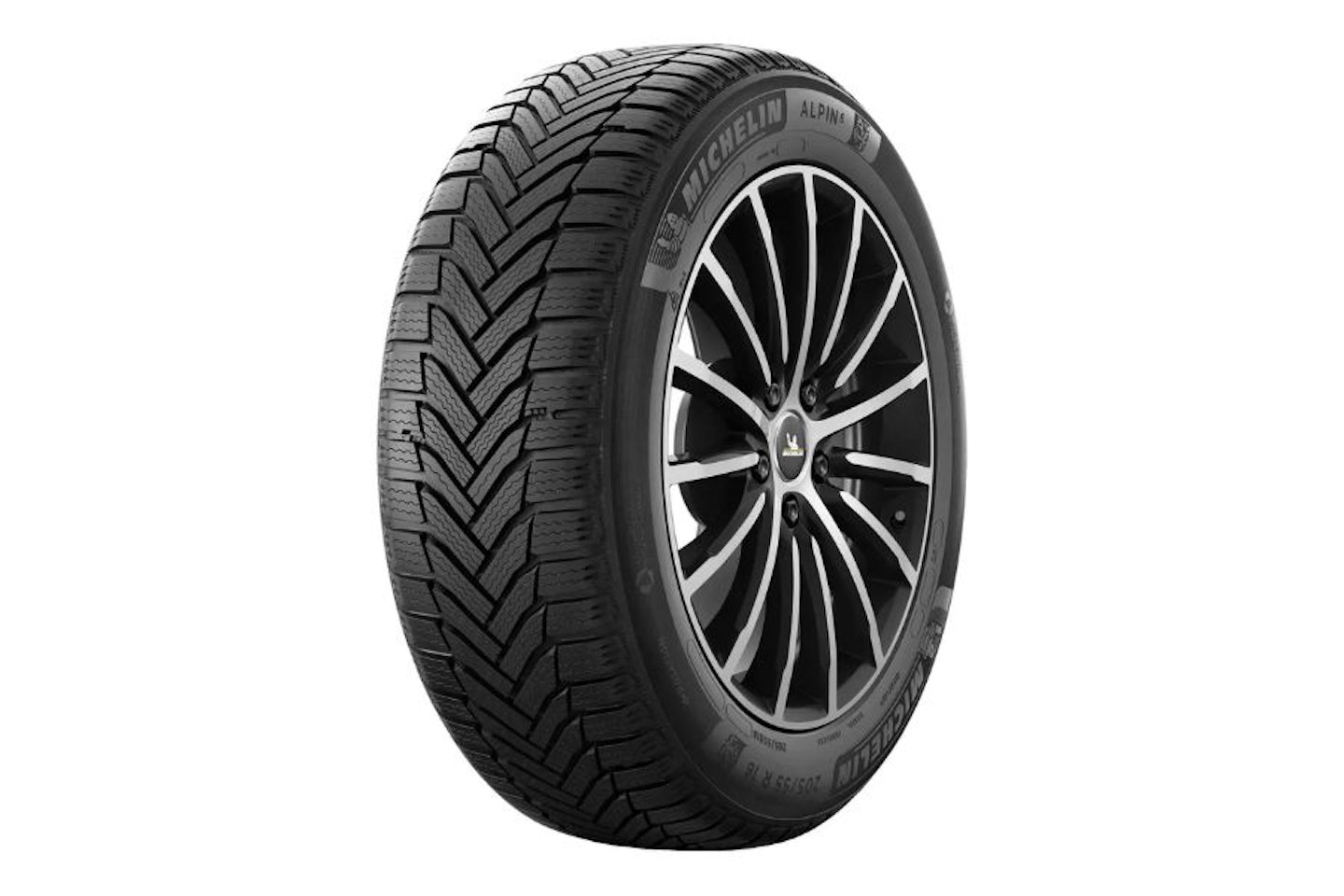
www.mytyres.co.uk
Another tyre that offers decent performance in the snow, but doesn't make a huge impact elsewhere. Dry performance can be improved, but it is clear this tyre prioritises snowy conditions.
Auto Zeitung ranking:
Snow 142/150
Wet 114/150
Dry 92/150
Total 348/450
Pros
- Better on snow
- Rolls smoothly over transverse joints
Cons
- Understeer in dry conditions
The best for general winter driving
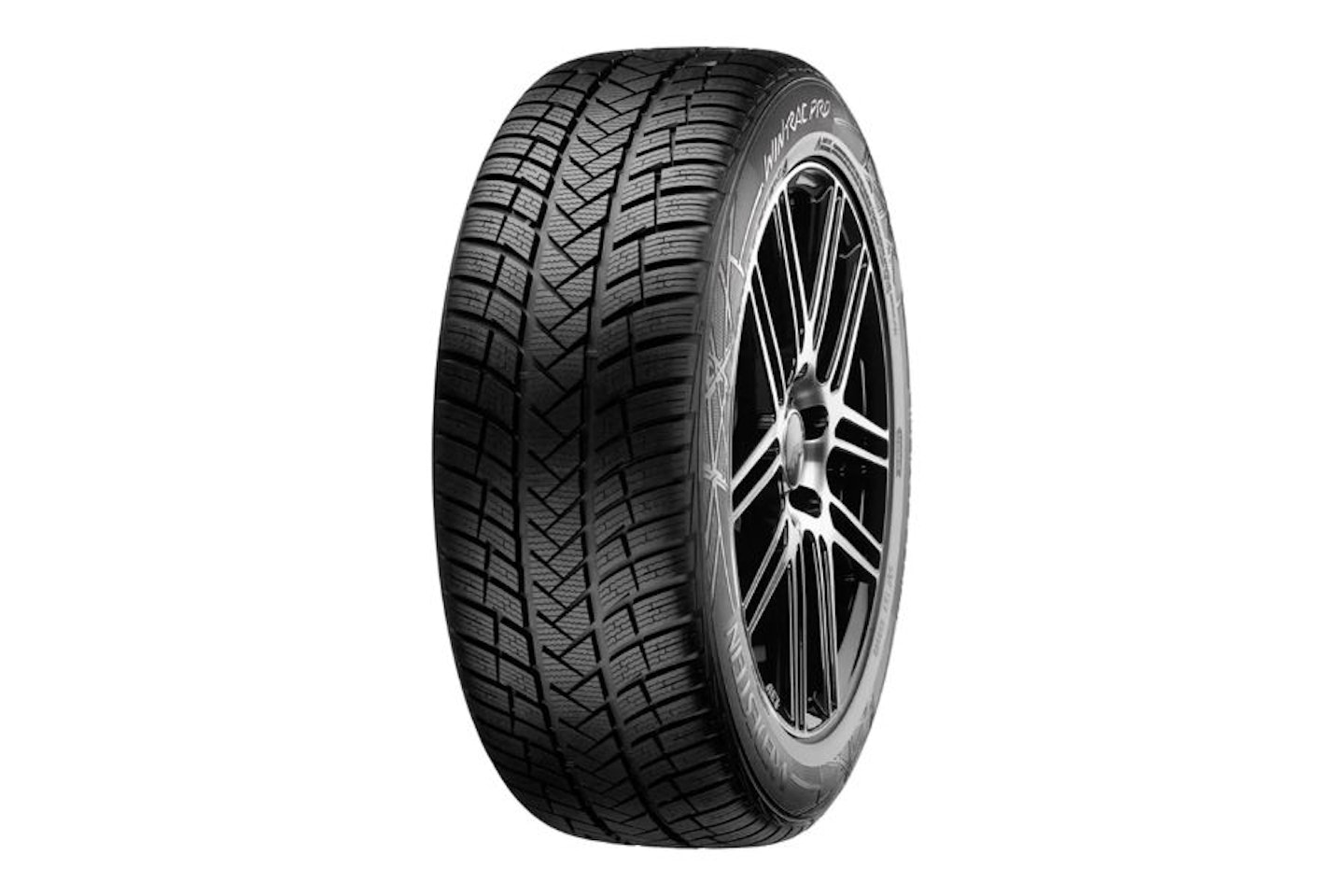
www.mytyres.co.uk
A good offering for general winter driving, let down by poor wet condition performance. Another tyre that favours snowy conditions.
Auto Zeitung ranking:
Snow 139/150
Wet 102/150
Dry 98/150
Total 339/450
Pros
- Good for snow
- Decent comfort
Cons
- Disappointing wet performance
Frequently asked questions about winter tyres
How do I find the correct tyres for my car?
.png?auto=format&w=1440&q=80)
Want to make sure that these winter tyres will fit your car? Amazon offers a feature called Amazon Garage which allows you to add your car and filter parts that are designed to fit. There is also a service called Amazon Confirmed Fit which will ensure that any tyre you look at fits your car. Kwikfit and mytyres.co.uk offer similar services.
What are winter tyres or cold weather tyres?
Firstly: ‘winter tyres’ or 'snow tyres' as we’re accustomed to calling them, is actually a misleading title. These aren’t massive chunky mud-plugging boots with knobbly, noisy treadblocks and spiked studs. They're cold-weather tyres, designed to work in lower temperatures, on wet and dry roads, as well as giving better performance on snow and ice – which, given the inconsistent gritting on our nation’s road network, is just as well. We need a do-it-all tyre.
How do winter tyres work?
Winter/cold-weather tyres contain more natural rubber than regular tyres, and are constructed from a softer compound. This allows them to stay supple as temperatures drop below 7 degrees C in conditions where a normal tyre becomes hard and less keyed-in to the asphalt. The result? Higher grip levels on the road, even when the tarmac isn't covered in white.
It’s not just all chemistry, though: look at a winter tyre up close, and you'll see the tread is different to a more conventional tyre. The contact patch of a winter tyre is more rugged: it's covered in thousands of ‘sipes’ – tiny channels or grooves cut into the rubber which help warm them up – while also displacing water and slush at a faster rate. Winter tyres can have up to 10 times more ‘sipes' than your average tyres.
On snow, these little crevices work together with a larger tread. If you were to use a regular tyre, its channels would quickly become clogged with compacted snow – making for less-than-confident handling. On the downside, wobbly treadblocks mean cold-weather tyred cars are less responsive in milder conditions.
Should I buy winter tyres?
In the snow, winter tyres are an obvious option. They make for safer, more confident driving, and they improve grip significantly – but they’re also a gamble. Sure, we often have a cold snap in a typical British winter – but you can't bank on it. It takes just one mild winter (like 2020's) for you to question the extra expense of buying an additional set of rubber.
Cars can become notoriously unruly on winter boots, with vehicles closer to the performance end of things – like a new Aston Martin Vanquish, for example – spinning the wheels in fourth.
In snow and cold weather, a seasonal rubber compound, chunkier tread and sipes work well – but they don't behave as they should if it's really mild and above the optimum operating range. We've driven numerous cars shod with winter tyres that have a chunkier ride quality, woollier steering and slippier handling in certain conditions.
It’s a complicated argument and one that comes down to your budget, and the predicted weather for the next few months. In colder countries, getting winter tyres is an easy decision, but in our more temperate British climate, we can’t even rely on a cold snap.
That said, if you can afford a set of winter tyres, they'll do far more to keep you mobile than picking an all-wheel drive car. If you want added peace of mind, have somewhere to store an extra set of rims (some garages will do this for you, at a price...) and need to keep mobile this winter, just do it.
Naveed Hussain is a commercial content writer at Bauer Media writing for Parkers and CAR. He enjoys anything with four wheels, and is always planning his next road trip.
